Growing chard at home
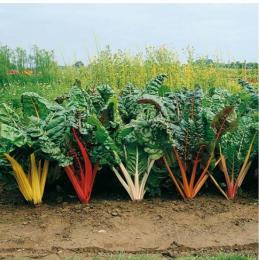
This wonderful plant is not only beautiful to look at, but also extremely beneficial for the body. Chard is also called deciduous beet due to its external similarity. It can be grown in beds for food and in flower beds and terraces for beauty as it is very ornamental.
Growing chard at home is not difficult. The plant is not particularly demanding, it is propagated by seeds, the soil must be fertile, consisting of turf soil, humus and coarse sand in a ratio of 1: 1: 0.5.
The plant needs timely and abundant watering with settled water; in winter, the water for irrigation should be at room temperature and fertilize once every 20 days. With good care, after two months you can already harvest.
Swiss chard is a biennial plant; in its second year it produces a stem with green flowers and seeds.
There are many varieties of chard that differ in color and shape. Deciduous beets come in white, yellow and red stems, and the leaves can also vary in color and have curly and wavy shapes.
In ancient times, the vegetable crop chard was known as “Roman cabbage” and was highly valued in Ancient Greece, Rome, Babylonia, India and Japan. This vegetable does not produce root vegetables; only stems and leaves are eaten, which are extremely rich in proteins, mineral salts, sugars and many vitamins, especially carotene.
This useful vegetable plant is popular and well used in Europe and the East, but in our country, unfortunately, it has been unfairly forgotten.
Table beets, a root crop that we now often and enjoy using, were obtained by hybridizing chard with other wild beet species.


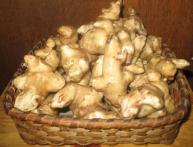


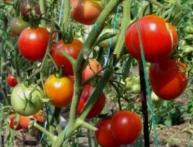
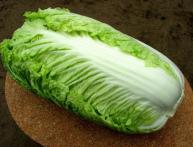
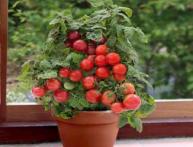

Comments
I’ve never even heard of such a plant... I liked the photos - they’re actually very beautiful! How is it used for food? In salads or boiled?
A beautiful plant with huge, luscious foliage. It is apparently prepared like ordinary beets. Stew in a roasting pan with carrots and potatoes and spices, or make caviar with carrots from chard. I wonder if it tastes like beets too?